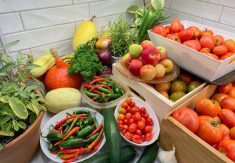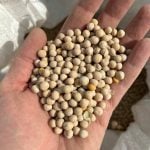The Obama administration wants more flexibility in how it allocates food aid dollars to complement its new strategy to help small farmers in poor countries boost their food production, Agriculture Secretary Tom Vilsack said Oct. 16.
Vilsack and Secretary of State Hillary Clinton, who is leading the adminstration’s three-year, $3.5-billion global food security initiative, did not rule out using U. S.-grown food aid as a tool for development projects.
But they told reporters food aid funding should also be used to buy crops in or near poor countries as a way to benefit local farmers while supporting U. S.-led development projects.
Read Also

Journal pulls long-cited glyphosate study for ethics violations
The journal Regulatory Toxicology and Pharmacology has retracted a 2000 Monsanto-linked glyphosate review, drawing new scrutiny as Bayer faces mounting legal pressure.
“We’ve relied on food aid to fill our gap in support for agriculture, and most importantly, to reach the poorest people,” Clinton said, noting government funding for overseas agriculture development dwindled over the past decades.
“We’re seeking to close that gap between development and human assistance by dedicating development resources to engage the poorest in the growth process and to support community development,” she said.
The United States will no longer rely on food aid as its primary tool to help reduce world hunger, Vilsack said, but will continue to use it where needed.














